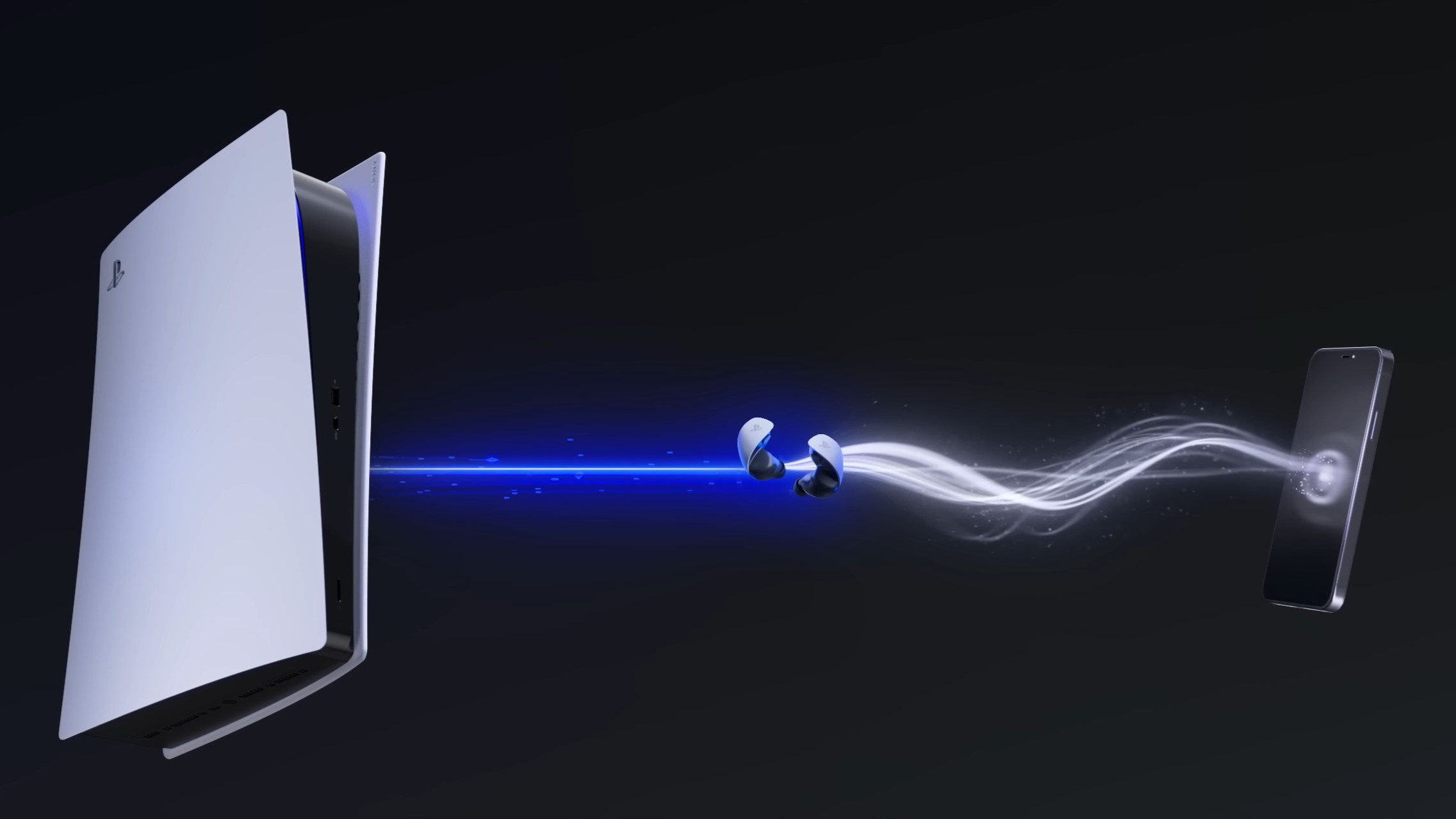
PlayStation Link was announced earlier this year alongside a bunch of new PlayStation 5 products as Sony’s own in-house and proprietary audio connection for these devices.
Promising better connection, reduced latency, lossless audio, and all-around better performance, it sounds like it’s the potential future for PS5 headsets - especially for the official products both existing and on the horizon.
But what is PlayStation Link? How does it work, and what does it offer? We’ve scraped together all the key bits of information right here, so you can get the lowdown on this new wireless audio tech. There’s not a huge amount to go on at present, but there’s enough for us to paint a decent picture.
What is PlayStation Link?
In brief, PlayStation Link can be distilled down to the following: it’s Sony’s new proprietary wireless audio connection that promises high-grade lossless audio, ultra-low latency, easy switching between devices, and lightning-fast connections.
It’s also not a wireless connection in the traditional sense, i.e. relying on open Wi-Fi connections or Bluetooth, like we’re used to using. Instead, it offers a closed-off wireless connection used only by a few Sony products (or where a USB dongle is plugged in). Sony also says that this won’t get in the way of a separate, simultaneous Bluetooth connection which can be used at the same time too (on the new Explore earbuds and Elite headset - more on those below).

What is PlayStation Link - features
Sony is promising PlayStation Link features that’ll ensure there’s lightning-fast connectivity between multiple devices, and the ultra-low latency connection could mean there’s next to no audio loss or delay.
The idea is to be able to switch between devices readily and have high-quality audio that won’t lose pace with any gaming action.
Sign up for breaking news, reviews, opinion, top tech deals, and more.
There’s also no software or driver needed, so just plug the USB dongle into your console or PC, pair your PlayStation Link-enabled audio device and you’re all set.
Beyond these headline features and characteristics that Sony has shared and shouted about, we don’t know how it ticks, what’s making it work, or what method of connection it is actually using.
What is PlayStation Link - Compatible devices

If you're looking to get hold of one of the compatible devices, then check in with our PlayStation Portal restock tracker for the handheld, and our dedicated guides for Pulse Explore pre-orders, and Pulse Elite pre-orders.
Compatible devices and products come in two forms: the types of audio devices we know will be compatible with Link, and the PS5 devices that have it built-in already. Products that will work with PlayStation Link include Sony’s own fancy PlayStation Pulse Explore earbuds and PlayStation Pulse Elite headset.
We’re currently unsure if these will be the only two official devices to offer PlayStation Link support, or whether third-party manufacturers will be able to tap into the feature with their own headsets down the line. If the latter does come to fruition, then we’d wager that won’t be for a long while if only to ensure Sony gets all the attention (and sales) first. It also wouldn’t be the first time that Sony would keep bespoke tech to itself, much like its approach with haptic feedback and adaptive triggers in the DualSense controller, for example.
Elsewhere, while we know that the PlayStation Portal has PlayStation Link built in, and comes ready to use straight out of the box, the PS5 itself will still require the dongle to make use of the technology.
We’re hoping to hear more about PlayStation Link when it officially arrives with the Pulse Explore earbuds on December 6. But until then, if you’re looking for more audio options, then check out our guides to the best gaming earbuds, and the best PS4 headsets if you’re still rocking an old-gen machine.

Rob is the Managing Editor of TechRadar Gaming, a video games journalist, critic, editor, and writer, and has years of experience gained from multiple publications. Prior to being TechRadar Gaming's Managing Editor, he was TRG's Deputy Editor, and a longstanding member of GamesRadar+, being the Commissioning Editor for Hardware there for years, while also squeezing in a short stint as Gaming Editor at WePC just before joining TechRadar Gaming. He is also a writer on tech, gaming hardware, and video games but also gardens and landscapes, and has written about the virtual landscapes of games for years.